Western Connecticut Earns Acclaim for Performing Arts Center, Theater Program
/It turns out that the phrase “build it and (they) will come” applies to more than a fictional baseball story. At Western Connecticut State University, the new Visual and Performing Arts Center, opened last fall, is already drawing accolades, and with it a brighter spotlight on the school’s academic theater program.
The latest one-two punch of notoriety comes from OnStage, a Connecticut-based blog dedicated to “promoting theatre from Broadway to your hometown,” with the announcement that Western’s Bachelor of Arts in Theatre Arts program is one of the 10 best in the country in 2015. In addition, the facility itself has been ranked at #9 among the Top-25 "Most Amazing" Campus Arts Centers by the website CollegeDegreesResearch.net.
The website commended the facility’s “three wings separated by a lobby featuring a bridge which appears to float above stunning maple floors. The studio theater has a flexible stage that can be set as an oval, or round shape, or as a square, while the main stage theater has more of a traditional setup, and both have the latest in audio/visual technology. This 130,000 square foot beauty was finished just a few months ago and quickly earned LEED silver certification.”
Joining WCSU in the top 10 were performing arts centers at: California Polytechnic State University, Emerson College, Sonoma State University, University of North Texas, Rensselaer Polytechnic Institute, Emory University, Lynn University (FL), Soka University (CA), and University of Northern Iowa. The institutions were praised for facilities that “possess great functional beauty and inspirational qualities.”
In naming WCSU’s theatre program to its Top-10 list, Chris Peterson, OnStage editor-in-chief, wrote:
“It’s very rare to find a state university commit as much to the theatre arts as WCSU has in the past couple years. This past fall they opened their brand new $97 million Visual and Performing Arts Center. This stunning new facility is home to a 350-seat theatre, a 125-seat studio theatre, a 350-seat concert hall, an art gallery, a recording studio and state-of-the-art rehearsal, classroom and studio art facilities.”
At number 10, WCSU rounds off a list that includes James Madison University, the University of Alabama, the Catholic University of America, Muhlenberg College, Drew University, Wesleyan University, Bennington College, Pepperdine University and Willamette University.
The comments aren’t limited to the facility, quickly moving on to the program offered by the state university, which maximizes its geographic proximity to New York City.
“The program at WCSU is also very strong. Students can receive their B.A. in Theatre Arts with concentrations in Performance, Design/Technology, Theatre Arts Management, Drama Studies or receive their B.A. in Musical Theatre. While learning from professional resident faculty, students will have the chance to participate in the Edinburgh Fringe Festival and an annual New York City Showcase, ‘WCSU Off-Broadway.’ They also do a ton of community outreach by performing children’s productions throughout the year… The tuition is quite reasonable for a state institution and given the quality of the program and the facilities you can work in, I’d say this is a steal.”
The university points out that "graduates of the school’s programs in art, music and theatre have become successful within the creative sector of our economy as performers, educators, designers, artists, and entrepreneurs."
The criteria used to determine the top ten, according to the website, included tuition/value, faculty, facilities, productions and resources beyond campus. Colleges with “both B.A. and B.F.A. degrees have incredible facilities and faculty because they have both programs; this list only contains schools that have B.A.’s alone.” WCSU is part of the Connecticut State Colleges and Universitys (CSCU) system, which includes four state universities, 12 community colleges and the on-line Charter Oak State College.
https://youtu.be/irCxZNZk9Rg



 Last month, a bipartisan group of 20 members of Congress
Last month, a bipartisan group of 20 members of Congress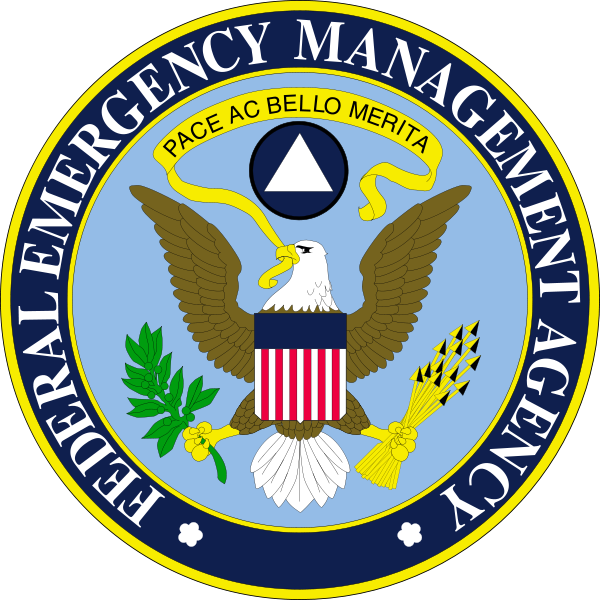
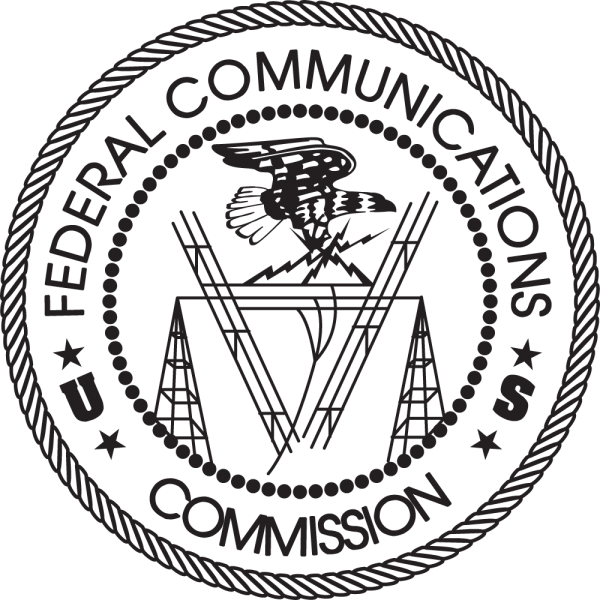 Also this week, an official at the FCC indicated that the "enforcement hold" status of the station’s license renewal was "unchanged," and the station continues to operate until a decision is made, as is customary with delayed renewal applications. The WTIC-AM license renewal application has been on enforcement hold at the FCC since the license expiration date of April 1, 2014, as the agency’s Enforcement Bureau continues to consider “an alleged violation of FCC rules,” according to an FCC official. The renewal application was filed by the station almost 16 months ago, on November 27, 2013. Stations must file an application for license renewal) four months prior to the expiration date of the station’s license.
Also this week, an official at the FCC indicated that the "enforcement hold" status of the station’s license renewal was "unchanged," and the station continues to operate until a decision is made, as is customary with delayed renewal applications. The WTIC-AM license renewal application has been on enforcement hold at the FCC since the license expiration date of April 1, 2014, as the agency’s Enforcement Bureau continues to consider “an alleged violation of FCC rules,” according to an FCC official. The renewal application was filed by the station almost 16 months ago, on November 27, 2013. Stations must file an application for license renewal) four months prior to the expiration date of the station’s license. WTIC-AM, which is licensed to Hartford but operates from studios in Farmington and has its broadcast tower on Avon Mountain, can continue broadcasting under the license that expired on April 1, 2014, until the FCC acts on its renewal application. Until the enforcement hold is lifted the FCC Media Bureau cannot proceed with a decision on whether or not to renew the station’s broadcast license. The Enforcement Bureau must first determine whether or not a violation of FCC rules has occurred. If the allegation is substantiated, the agency has a range of options, such as warning that the violation not be repeated or imposing a monetary fine on the station, officials said.
WTIC-AM, which is licensed to Hartford but operates from studios in Farmington and has its broadcast tower on Avon Mountain, can continue broadcasting under the license that expired on April 1, 2014, until the FCC acts on its renewal application. Until the enforcement hold is lifted the FCC Media Bureau cannot proceed with a decision on whether or not to renew the station’s broadcast license. The Enforcement Bureau must first determine whether or not a violation of FCC rules has occurred. If the allegation is substantiated, the agency has a range of options, such as warning that the violation not be repeated or imposing a monetary fine on the station, officials said.

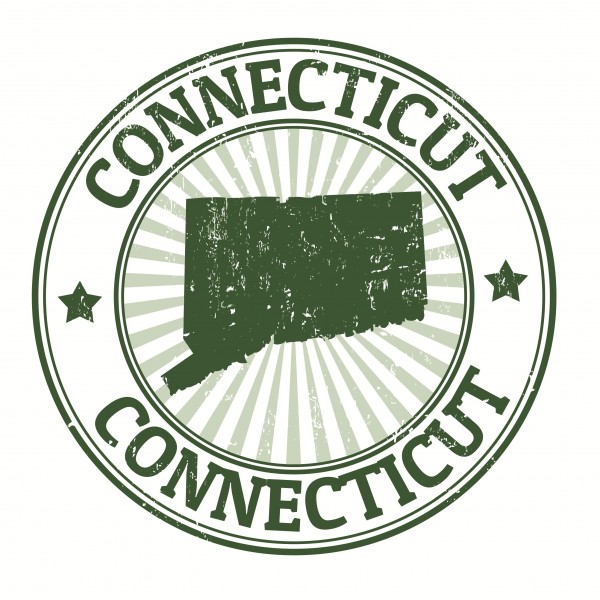

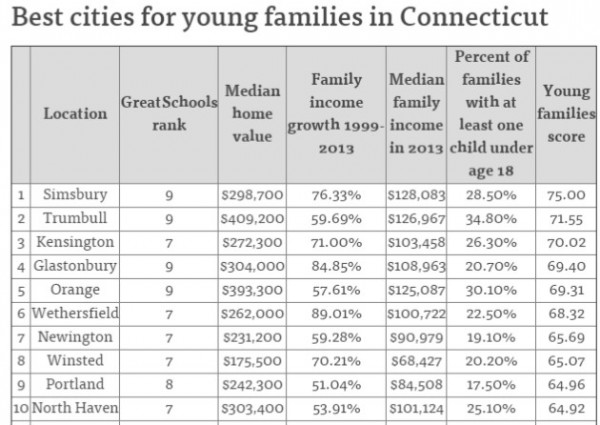

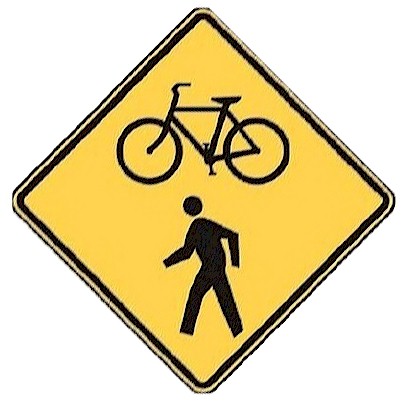
 motorized transportation networks and safety. Communities that routinely collect walking and biking data, they point out, are better positioned to track trends and prioritize investments.
motorized transportation networks and safety. Communities that routinely collect walking and biking data, they point out, are better positioned to track trends and prioritize investments.
 “We were excited here in Connecticut to give our Girl Scouts the opportunity to participate in a pilot of Digital Cookie, a first-of-its-kind web platform that lets girls sell cookies from their own protected, personalized websites,” said Tiffany Ventura Thiele, Communications & PR Manager for Girl Scouts of Connecticut.
“We were excited here in Connecticut to give our Girl Scouts the opportunity to participate in a pilot of Digital Cookie, a first-of-its-kind web platform that lets girls sell cookies from their own protected, personalized websites,” said Tiffany Ventura Thiele, Communications & PR Manager for Girl Scouts of Connecticut.
 Officials stress that “because 100 percent of the net revenue raised through the Girl Scout Cookie Program stays with local councils, when you purchase Girl Scout Cookies you’re not only getting a delicious treat — you’re also making an important investment in your community.”
Officials stress that “because 100 percent of the net revenue raised through the Girl Scout Cookie Program stays with local councils, when you purchase Girl Scout Cookies you’re not only getting a delicious treat — you’re also making an important investment in your community.”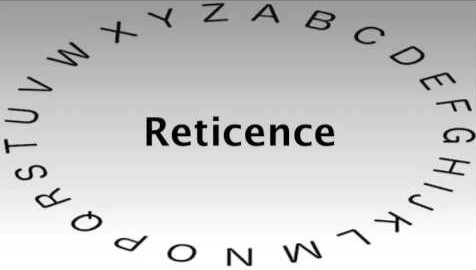
 The “dysfunctional thinking” and anxiety due to emotional instability or the lack of openness to new experience contributes to fear of negative evaluation, the study concluded. It is this fear of potential negative social judgment that is at the heart of reticence, in which individuals believe that ‘‘it is better to remain silent than to risk appearing foolish.’’
The “dysfunctional thinking” and anxiety due to emotional instability or the lack of openness to new experience contributes to fear of negative evaluation, the study concluded. It is this fear of potential negative social judgment that is at the heart of reticence, in which individuals believe that ‘‘it is better to remain silent than to risk appearing foolish.’’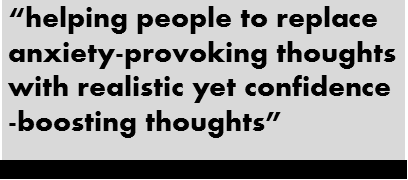
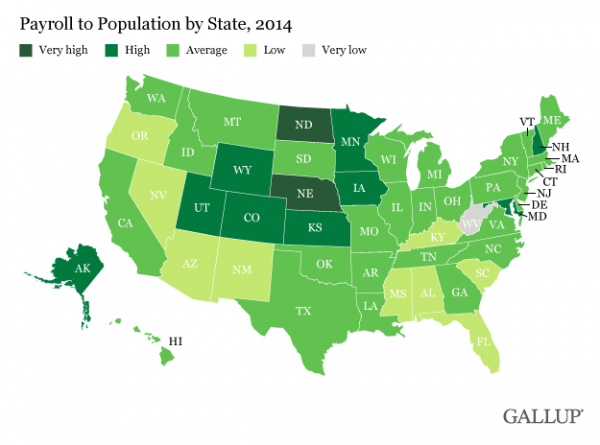
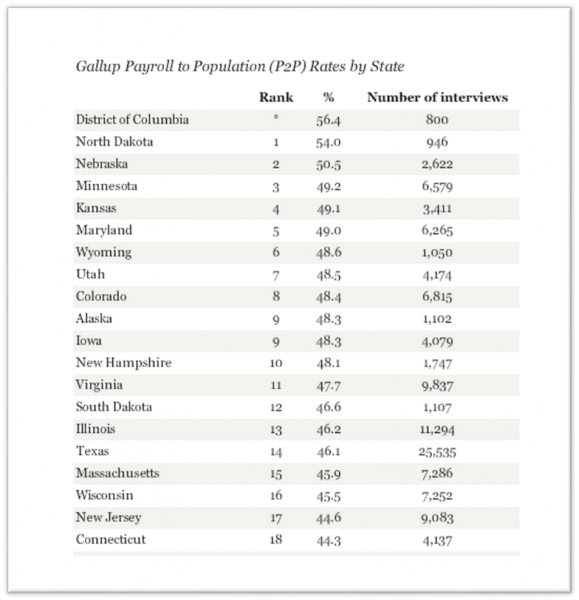 n,
n, 
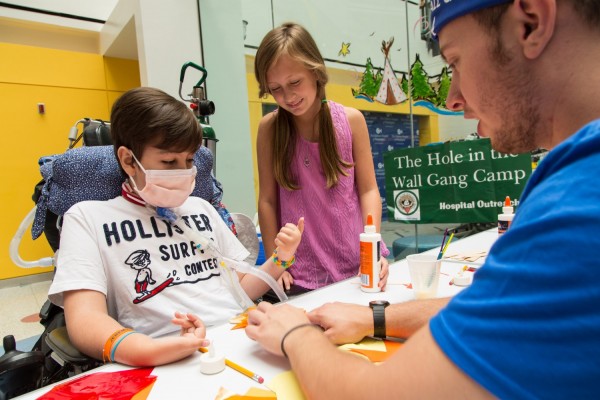
 ll, there were “approximately 800 healing experiences with children and families throughout the week, bringing the safety, respect and love of Camp to many families” in Philadelphia.
ll, there were “approximately 800 healing experiences with children and families throughout the week, bringing the safety, respect and love of Camp to many families” in Philadelphia.

























